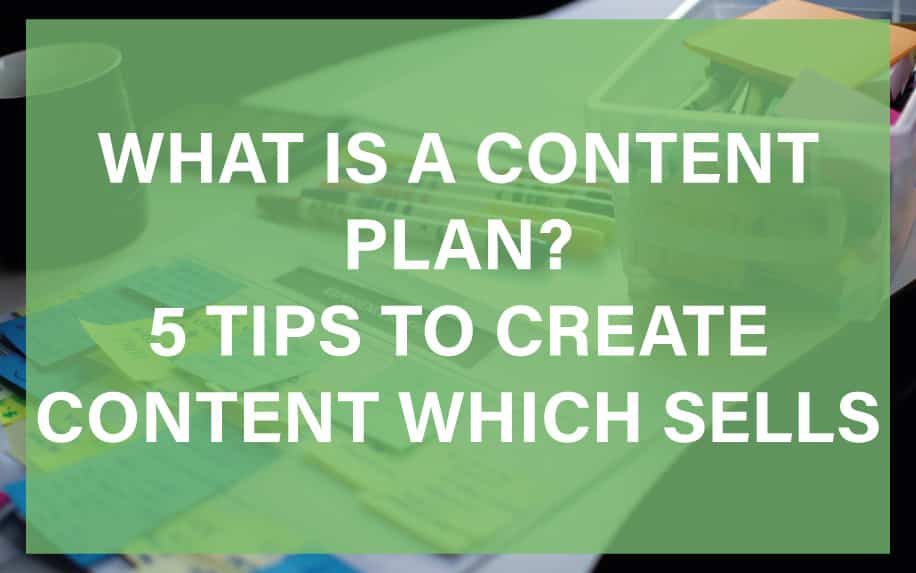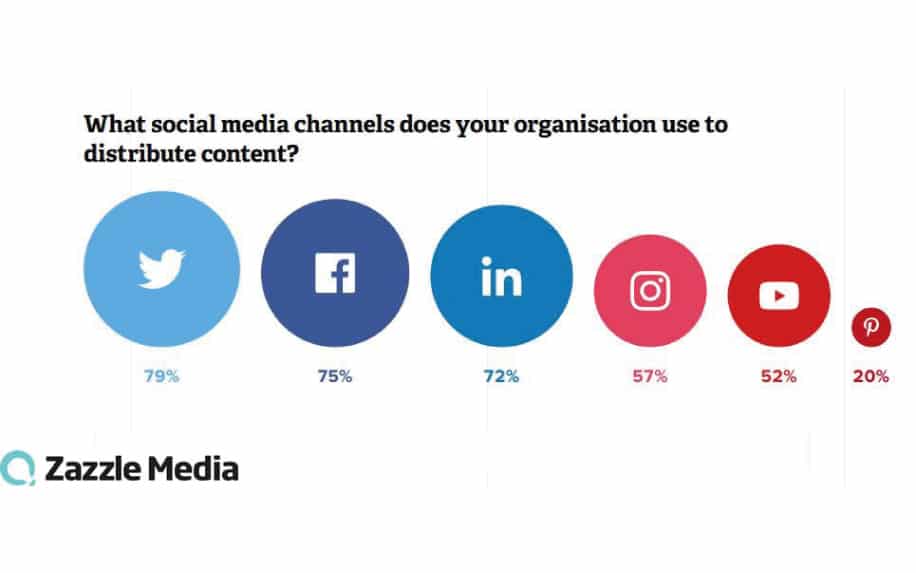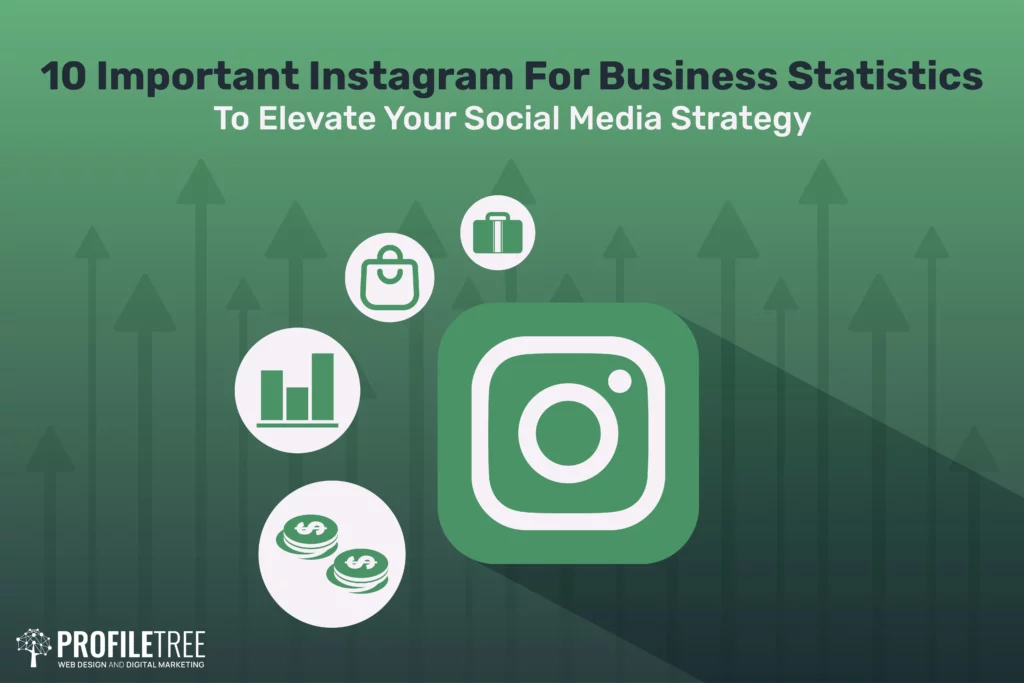What is a Content Plan?
Many people ask, what is a content plan? If you have a business, you’ll want to take time to make sure you have the right marketing content to win the right results for your company. The benefits of content marketing are well documented, especially in terms of ROI.
However, this doesn’t mean you can simply publish any old content and hope for the best.
Rather, it’s important to publish the right content at the right time. This includes striking the right balance of sales and informational content, as well as figuring out the publishing frequency and timing which works best for your audience.
Today, we’ll cover everything you need to know to create a content plan which your audience will love.
Let’s jump right in!

Table of Contents
Three Factors of Content Planning
When developing a content marketing plan, three important factors come into play:
- Your target audience,
- Your brand,
- The content marketing tactics that will work in reaching your marketing goals.
Let’s look at the role each of these plays in a little more depth.
1. Your Target Audience
Before you can develop a content strategy, you need to define your target audience so you’ll know who you’re creating content for.
Get to know the people in your audience, what they’re looking for, how to reach them, and how they will benefit from your services or products. You can use tools like Google Analytics to help determine the demographics, behaviour and interests of your audience.
This will help you create content that’s relevant to them and meets their needs.
2. What is a Content Plan for Your Brand
Having a clear understanding of your brand and brand values is essential to your marketing campaign. It will give you greater conviction in promoting your services and goods and enable you to distinguish yourself from your competition.
This also informs the exact type of content you’ll produce, in terms of both substance and tone.
For example, a coffee brand may wish to publish humorous articles, relating to their niche, with a goal of entertaining users. By contrast, an accountancy firm should be far more concerned with offering expert insights to readers.
3. Content Marketing Tactics and Channels
You should also be knowledgeable in content marketing tactics and channels to determine the best ways and times to deliver your content. As a business owner, you have multiple delivery channels at your disposal.
Key channels to disseminate content include:
- Email,
- Social media,
- Blogs,
- Webpages.
Your choice of delivery methods and timing will depend a great deal on what’s best in reaching your target audience.
Five Tips for Creating Your Content Plan
Creating a content plan for social media will maximize your marketing efforts on social platforms and keep you on course to reaching your business goals.
1. Get to Know Your Target Audience
To use social media as an effective marketing tool, you need to get to know your target audience. Defining your audience by demographics or their age, gender and marital status isn’t enough to meet their needs.
To relate to your audience, you need to get to know them on a personal level. This can be done by putting yourself in their shoes. If you were someone in your target audience, how would you research a product?

What products would appeal to you most? What factors would you consider important when searching for something you need? What would encourage you to finalize a sale?
By understanding how your customers think, you’ll have greater insight into how to fill their needs.
2. What is a Content Plan for Set Goals
What do you want to accomplish through a social media content plan? What are your goals? Defining your objectives is important to making a plan and assessing its effectiveness.
Building a community, increasing brand awareness and getting customers engaged are some excellent goals to consider in your social campaign.
You also need to set content goals for yourself. If you are new to content marketing, consider these content marketing plan example ideas:
- Set daily goals for creating content, as well as weekly goals for social media posts.
- Create monthly content marketing goals if you intend to post long, detailed content on an occasional rather than regular basis.
- If your business doesn’t have a vibrant social media presence, set a goal that you will open a new social media business page at certain intervals in order to attract new people to your company.
3. Select Appropriate Social Platforms
Social media platforms vary in both their use and users. Before selecting a platform or platforms to launch a marketing campaign, research your options to see where you’re most likely to find your target audience.
Some platforms are more popular with younger audiences while others are more gender or status oriented. By targeting platforms that will help you reach your target audience, you’ll get better results.
Facebook, Twitter, Pinterest, Instagram, YouTube and LinkedIn are some of the prominent social media networks on the internet today. There are countless ways to share content on these sites.
Here are a few social media content examples to choose from when launching your marketing campaign:
- Transform a popular blog post into a video,
- Create an original how-to video,
- Post an infographic,
- Add high quality, relevant images to a post,
- Organize contests on social sites,
- Take surveys or polls from your target audience,
- Use GIFs in tweets.
4. Research Content Topics
Once you’ve determined what social platforms to use, start planning your content. Research content topics and make a list of prospective subjects that you can use over a period of time.
Strive to create unique, relevant content that has value to your target audience.
Encourage audience participation by soliciting comments, opening topics for debate or taking surveys to see what kind of content your customers want.
Creating great content is just the beginning; you must promote and distribute it effectively. Here’s how:
- Social Media Promotion: Share your content on social media platforms where your audience is active. Craft engaging captions and use relevant hashtags.
- Email Marketing: Leverage your email list to notify subscribers about new content. Email newsletters are a powerful distribution channel.
- Guest Posting: Consider guest posting on reputable websites in your industry. It expands your reach and can drive traffic back to your site.
- Collaborations: Collaborate with influencers or complementary businesses. Joint campaigns or promotions can introduce your content to new audiences.
Create a content calendar
A content calendar is your roadmap for content creation and publication. It ensures consistency and prevents last-minute rushes. Consider the following:
- Content Types: Diversify your content. Depending on your audience and goals, include blog posts, videos, infographics, podcasts, and more. Different formats cater to different preferences.
- Publication Schedule: Decide how often you’ll publish content. Consistency is key, whether it’s daily, weekly, or monthly. Ensure your schedule aligns with your audience’s habits.
- Topics and Themes: Plan topics and themes in advance. This prevents scrambling for ideas and helps you maintain a cohesive content strategy.
5. Build Customer Trust through Engagement
Pushing content on social media may get your message across but it’s not enough to resonate with prospective customers or win their trust. The best way to build a following is through personal engagement with your audience.
Be open with your customers. Use your social platforms to establish a relationship with your audience, promote goodwill and provide customer service. As people come to trust you, they’re more likely to purchase your brand.
How to Develop a Website Content Strategy
Of course, there is more to developing a content strategy than simply deciding which content to publish and when. Here are some of the additional elements you’ll need to keep in mind throughout the process.
Teamwork
Developing a content marketing strategy for your website takes teamwork. A tight-knit team of marketers with experience in content writing, creative web design, SEO, and brand building is needed to meet your customers’ needs.

Working in teamwork will also ensure your site has a consistent flow of quality content at all times. By integrating a blog plan into your website strategy, you can double your efforts to accomplish your business goals.
Substance and Structure
When creating website content, don’t neglect the importance of substance and structure. The topics you choose along with the tone and style of writing should communicate the message you want to get across.
Your site’s structure should be easy to use and appealing in order to attract traffic and encourage people to return to your site.
Content Language
When writing content for your website, make sure the language coincides with the literacy level of your target audience so readers can comprehend your message. Simple, clear language can be understood by low and high literacy readers alike.
Writing in clear, concise language will make your content that much more valuable to a larger target audience as it gives more people the opportunity to benefit from what you have to offer.
Content Strategy
When writing articles, journalists generally use the concept of “the 5 W’s (and H)” to obtain the information they need. By putting this same practice into effect when creating content for your website, you can develop a marketing strategy that’s sound and will stand the test of time.
Use the concept of the 5W’s and H to develop a marketing strategy for your website:
- Who is your target audience?
- What is your message?
- Where will your message be posted?
- Why are you creating a marketing strategy?
- When is the best time to create and post content?
- How should you present and structure your content?
This way you can cover all the basics of a website marketing strategy and more!
Voice and Tone
The tone and voice of your content will speak volumes in reaching your target audience. Your voice will help establish your brand’s identity, image and personality.
By making your voice consistent throughout your content, your readers will come to distinguish your brand from others on the market.
Tone, on the other hand, can be changed to coincide with the context of your content. Humor, for example, is a likable quality in a website. Using humour on the home page or landing page of your website could appeal to readers and entice them to learn more about your company and what you have to offer.
If you’re posting serious content, however, humour could turn people off. Both voice and tone are important aspects to consider when creating website content.
Engaging Platforms
Some of the most popular websites today such as Facebook, Google and Twitter have a platform that allows users to engage with the company and each other. Users can ask questions, post comments, add content or debate other people’s content on their site.
If you want your website to be a hit with your target audience, you’ll need to do the same.

Customer engagement should be a key component in your content marketing strategy. By encouraging readers to engage with you and one another, you can build a community of followers who, over time, could become loyal to your brand.
Engaging platforms create a sense of belonging and add a personal touch to a business. That personal touch could transform random readers into long term customers of your brand.
Create a Content Plan: Strike The Right Tone to Win Results
It’s often the fine details that determine the success or failure of a website content strategy. A strong team of marketers will protect the integrity of your content, SEO, brand building and web design.
The substance and structure of your website will determine its overall attraction and appeal. Simple, concise language makes your content relevant to people from all walks of life.
Voice and tone establish brand identity and image while an engaging platform gives users an opportunity to ask questions and share their thoughts – all of which reinforces the foundation of your web content strategy.


